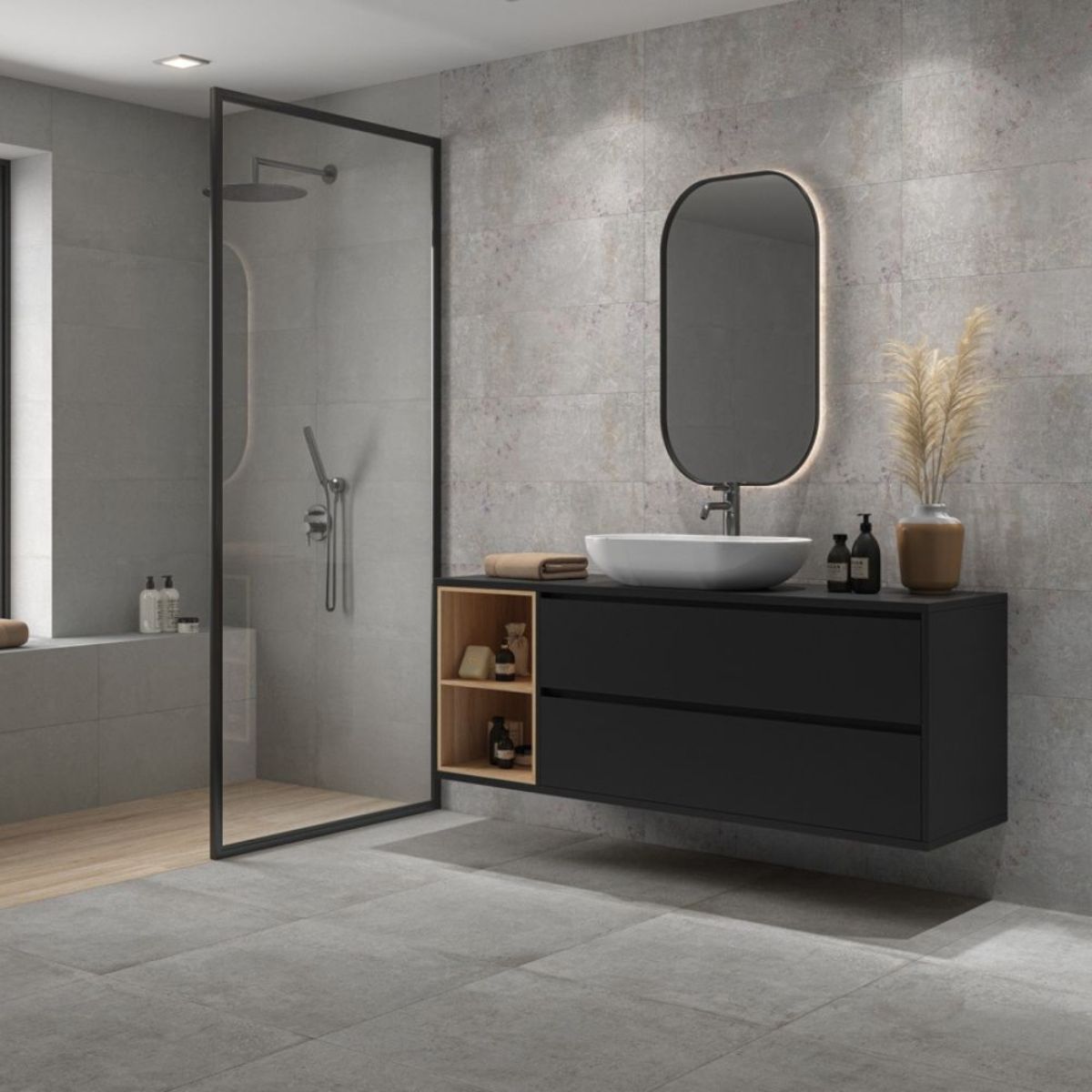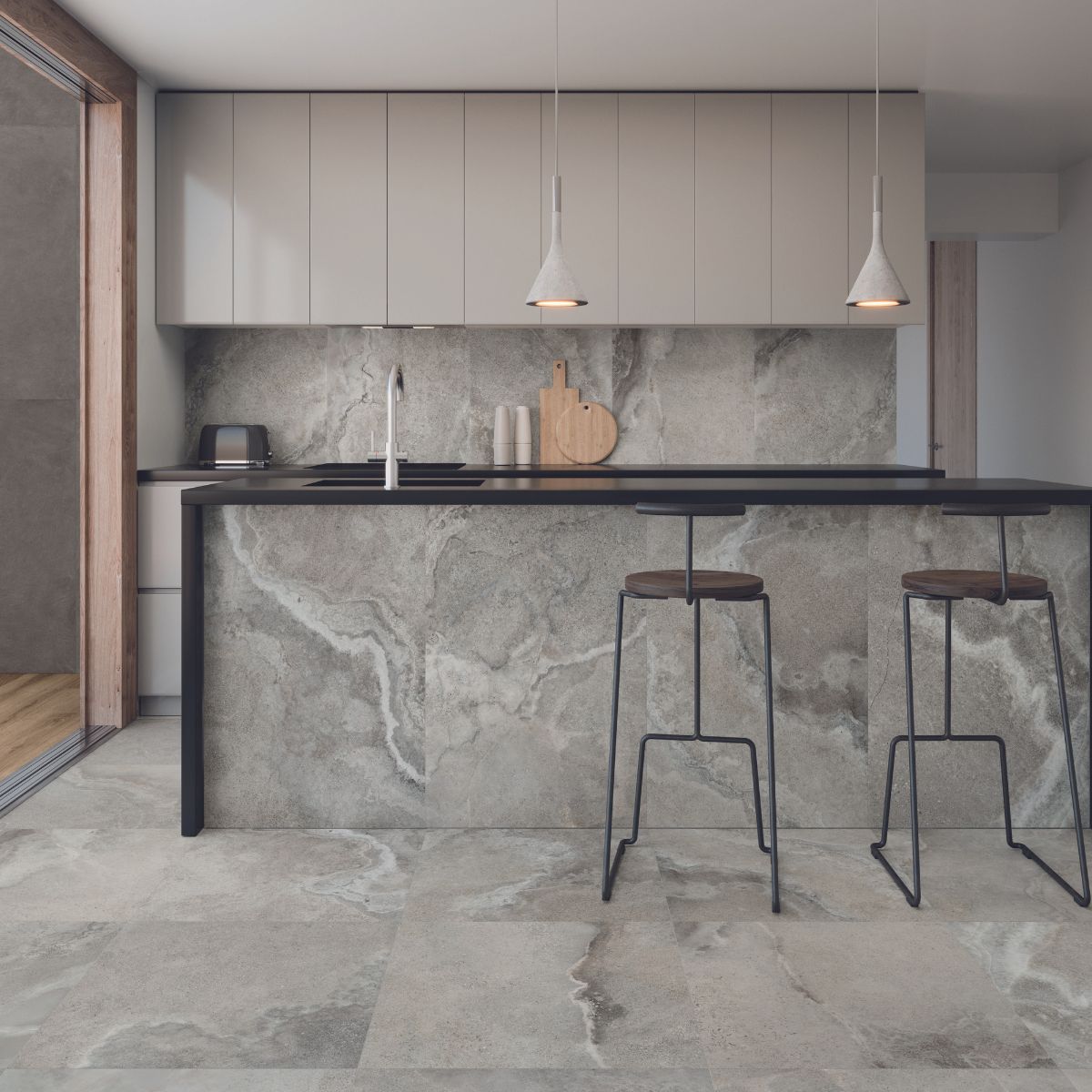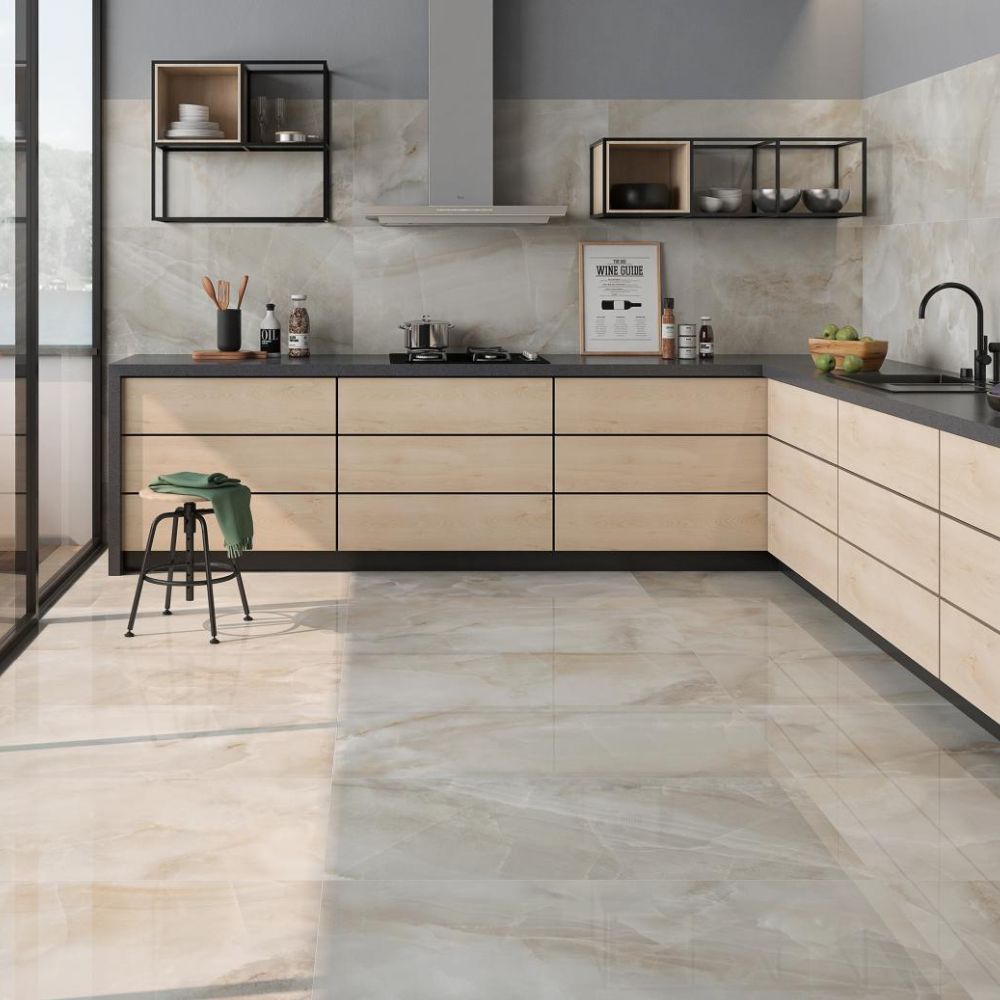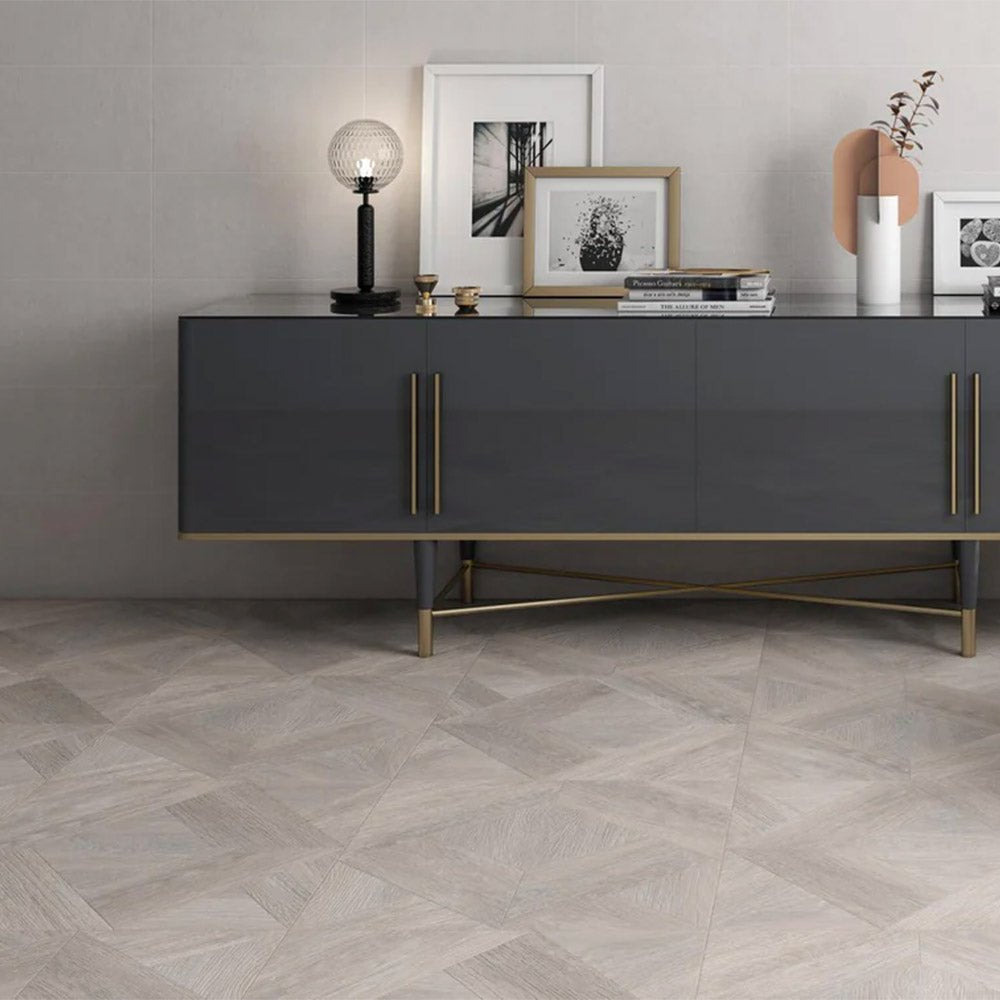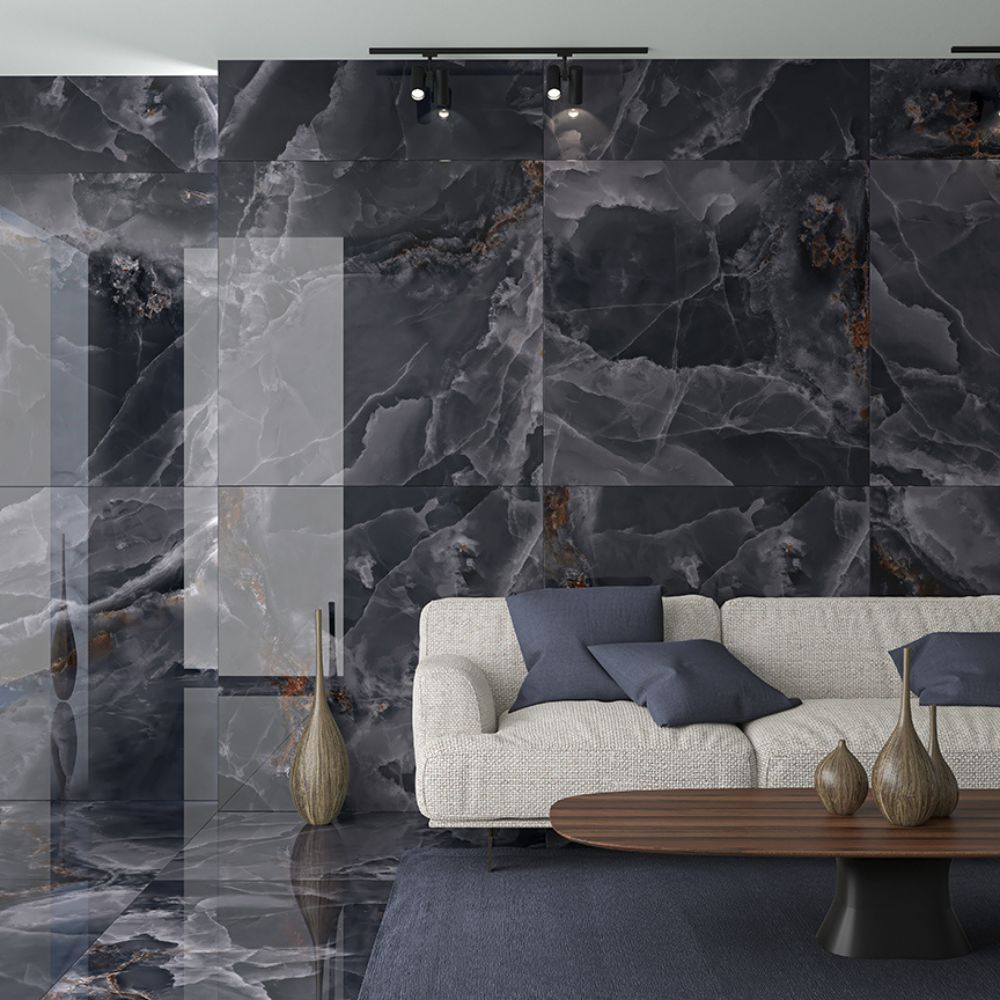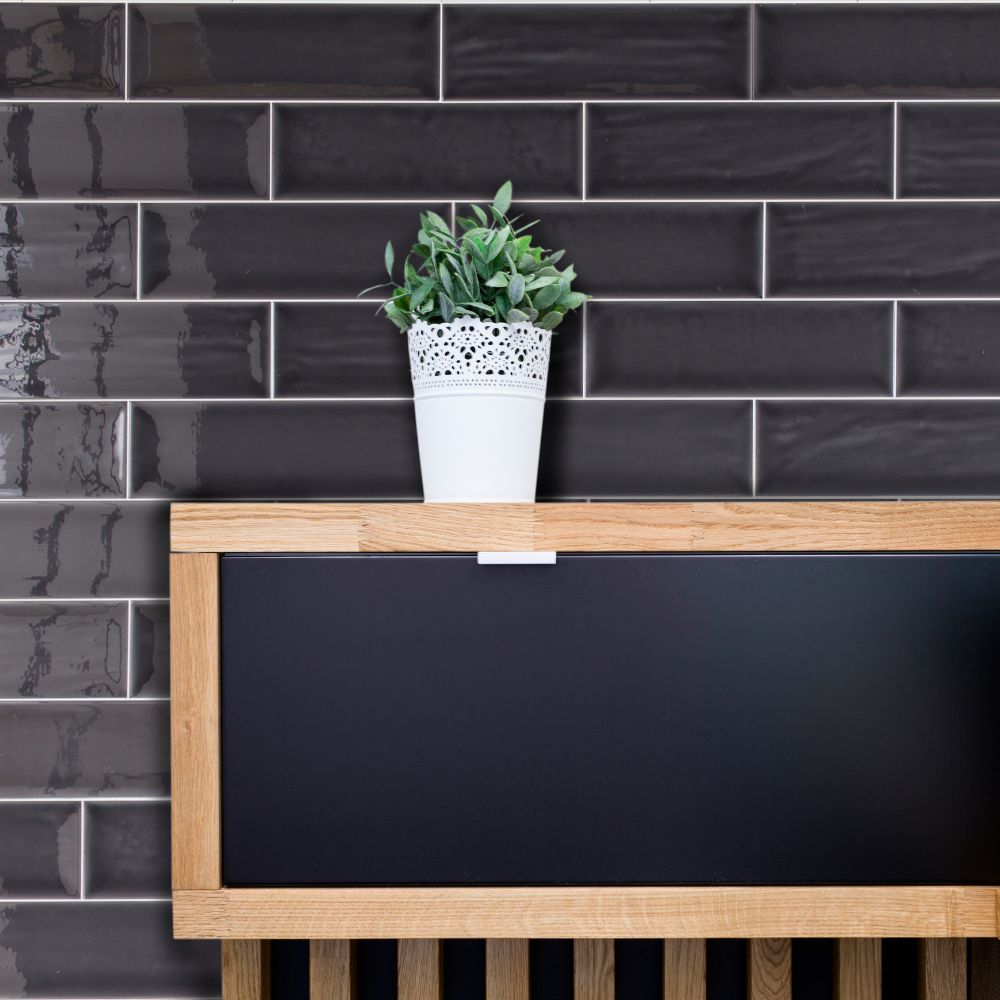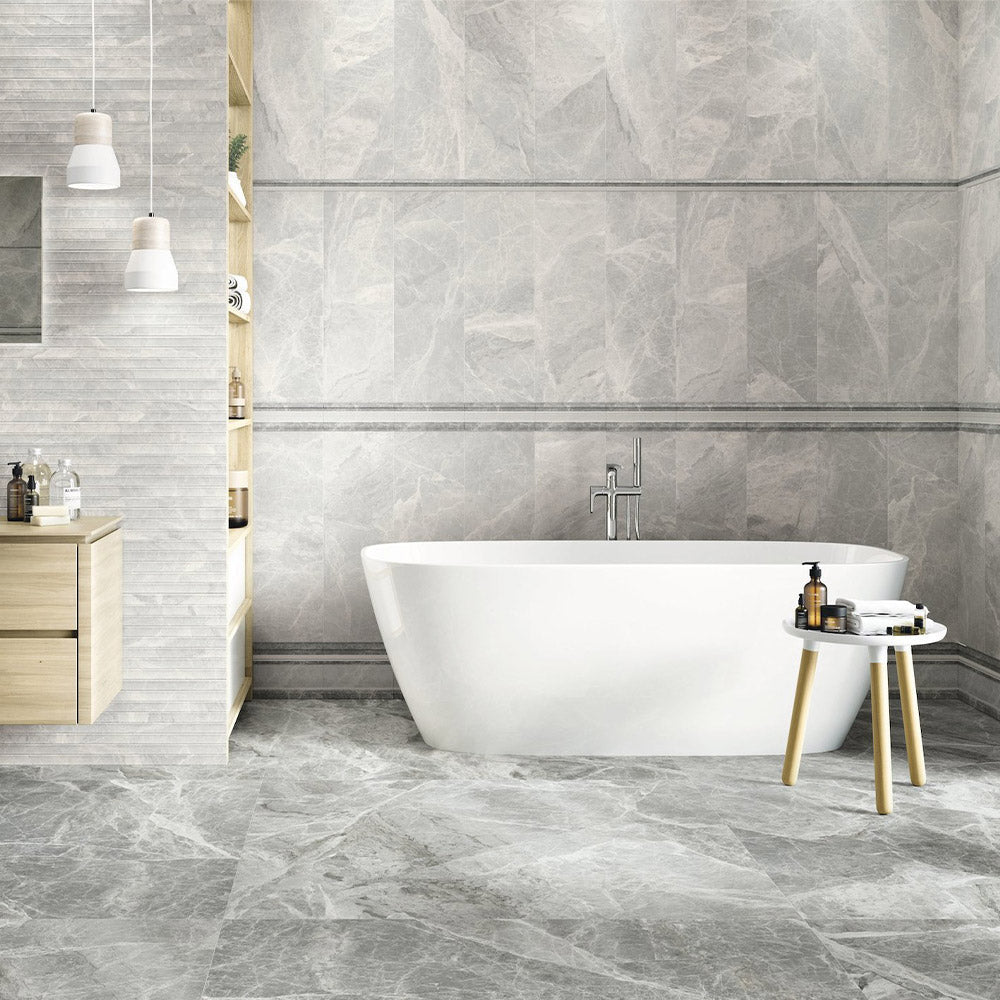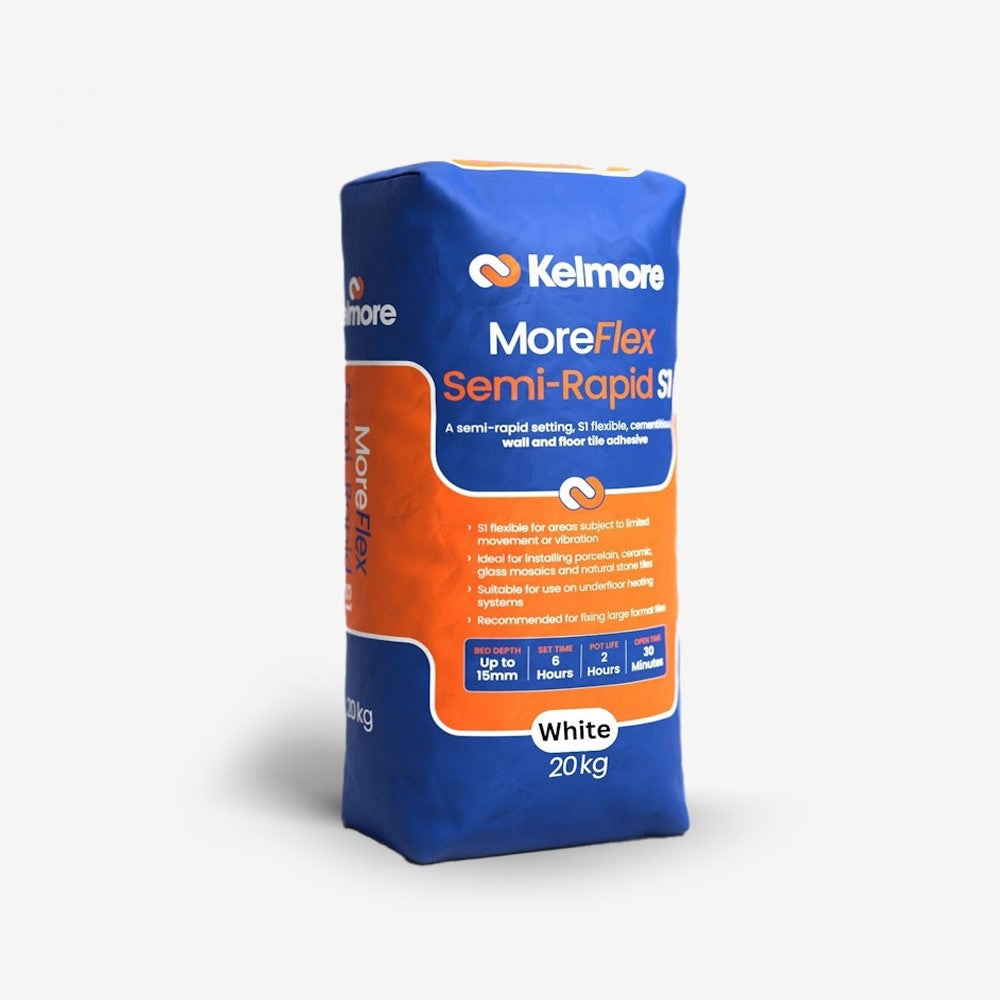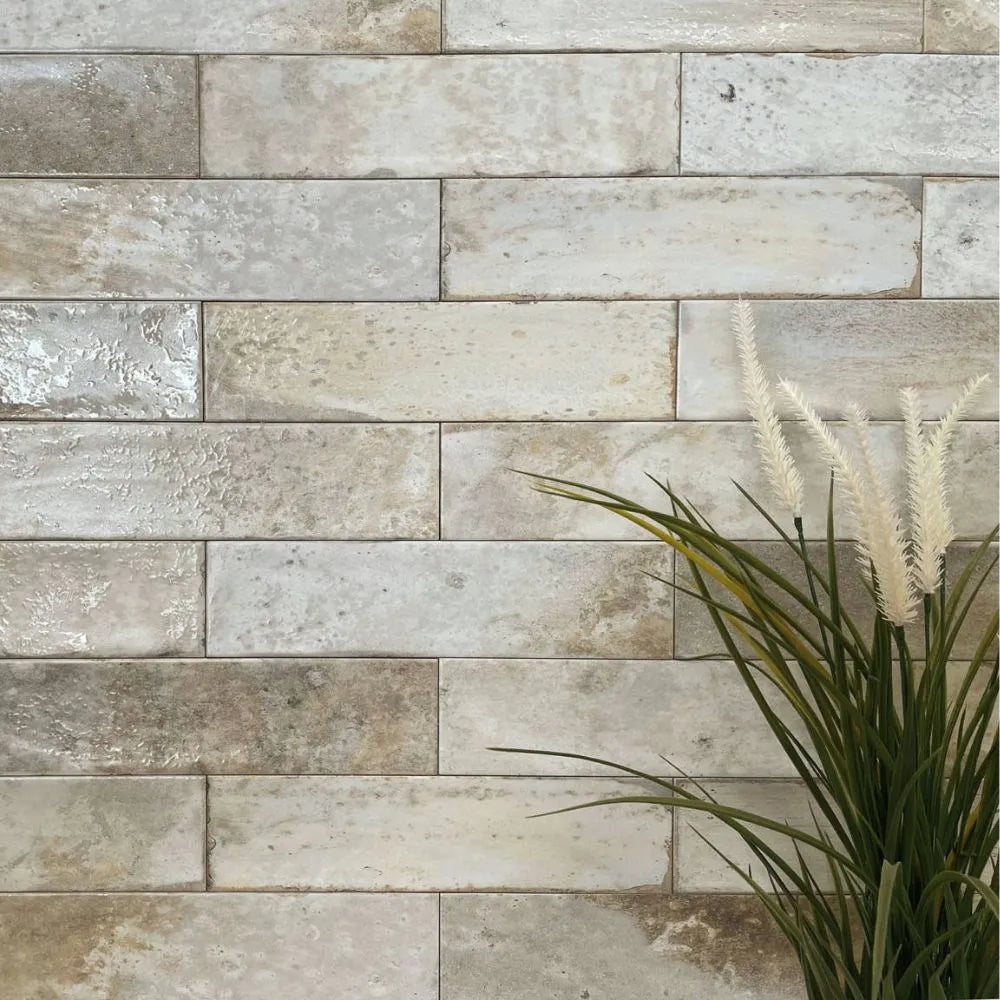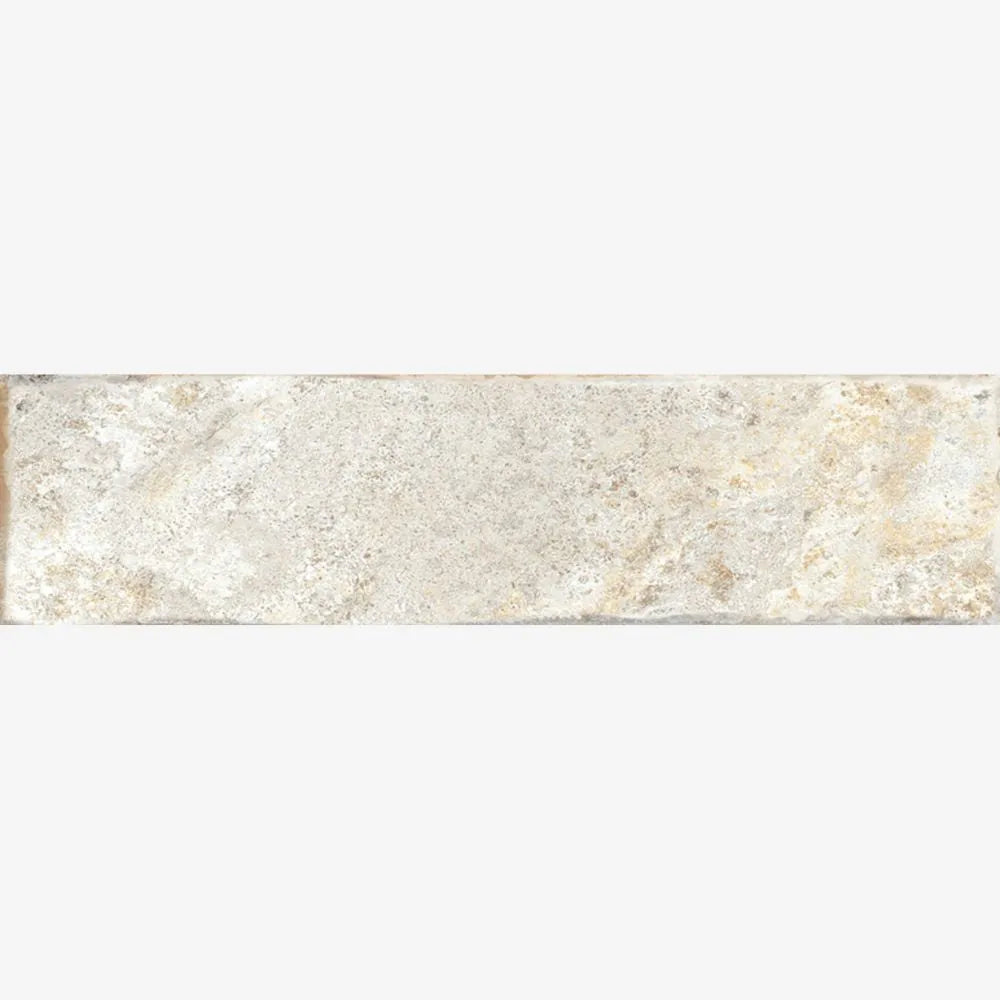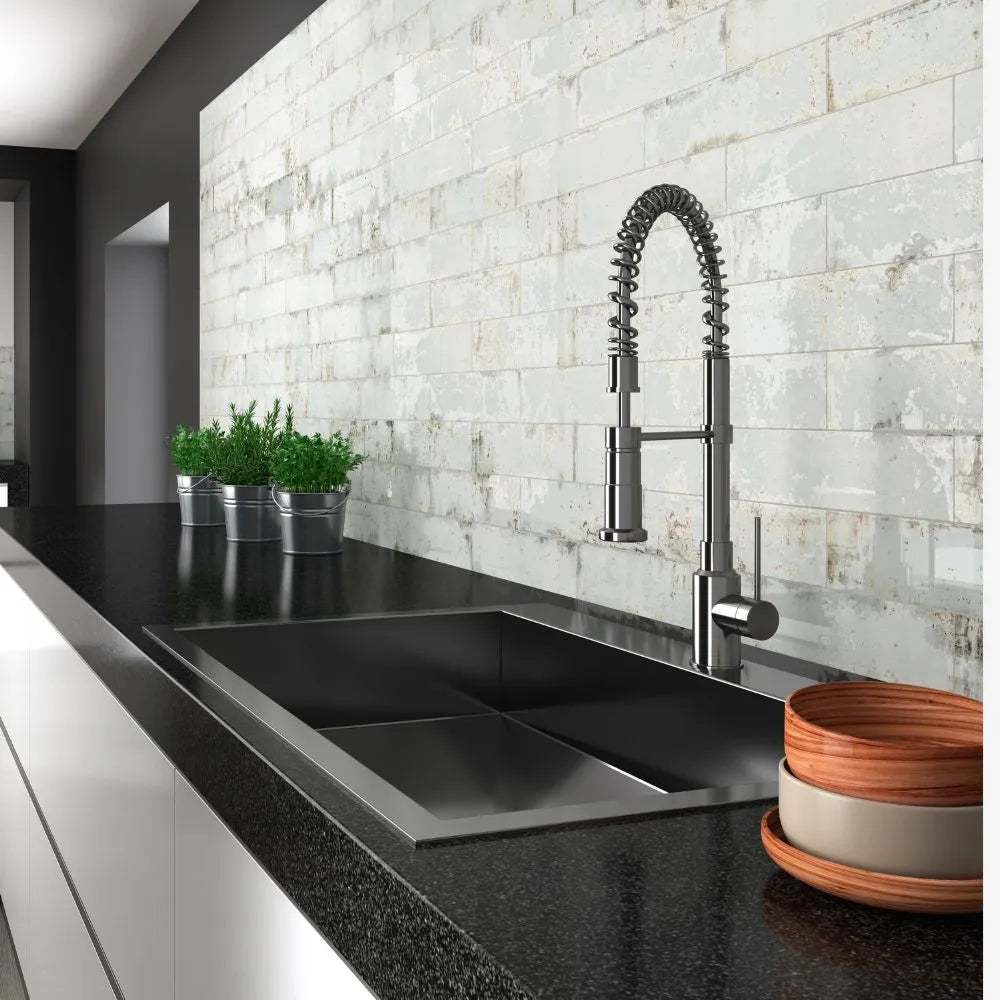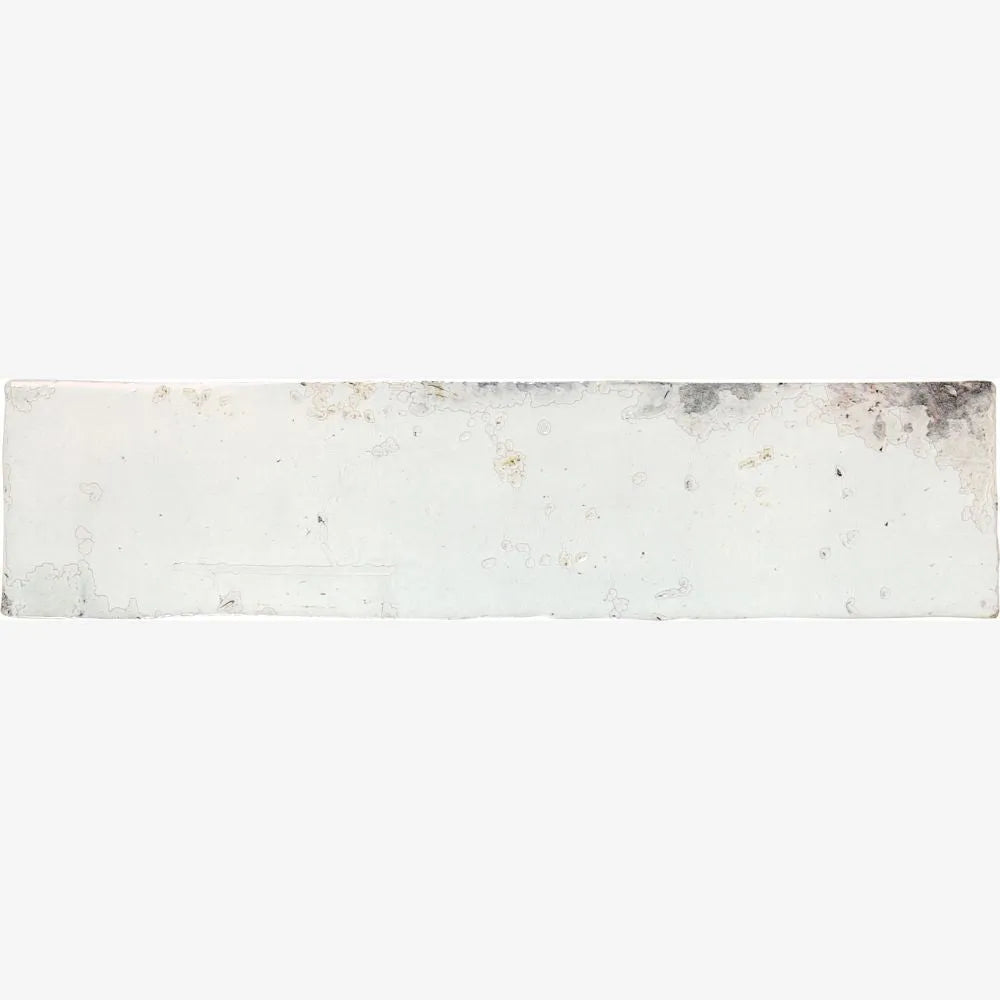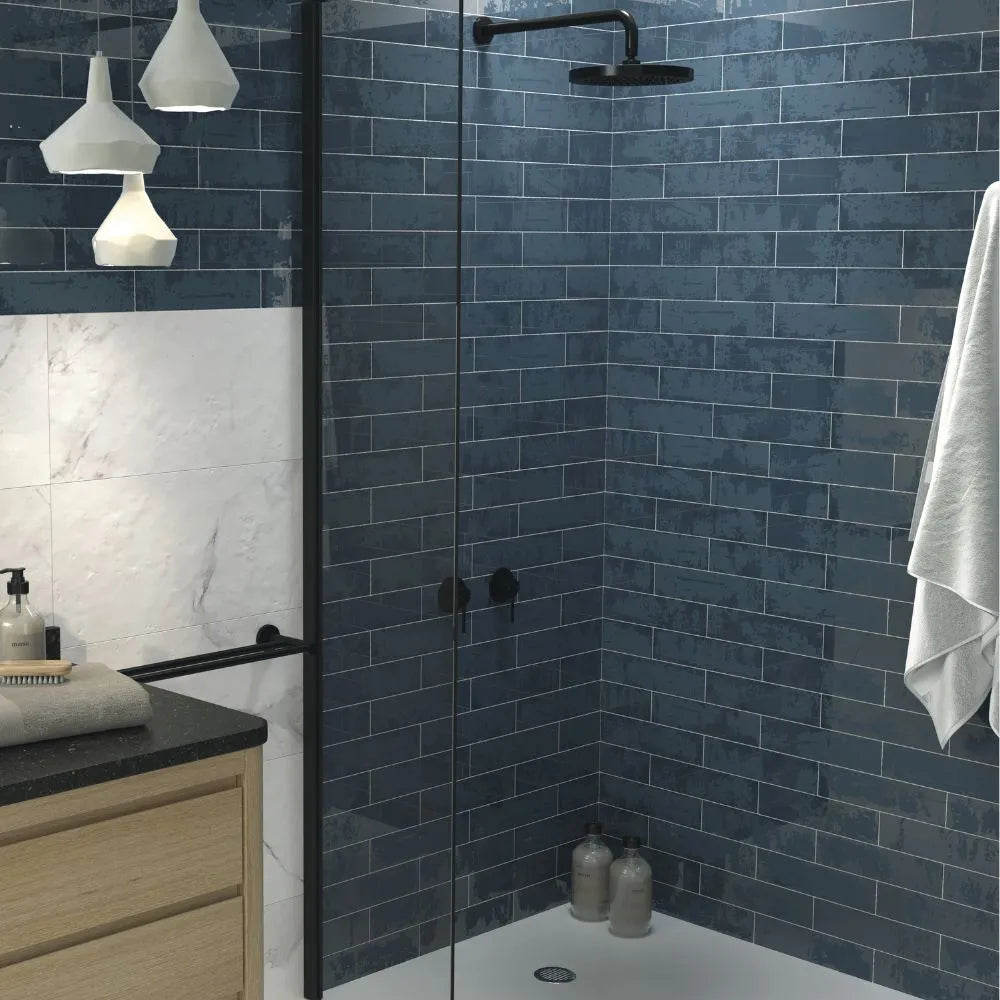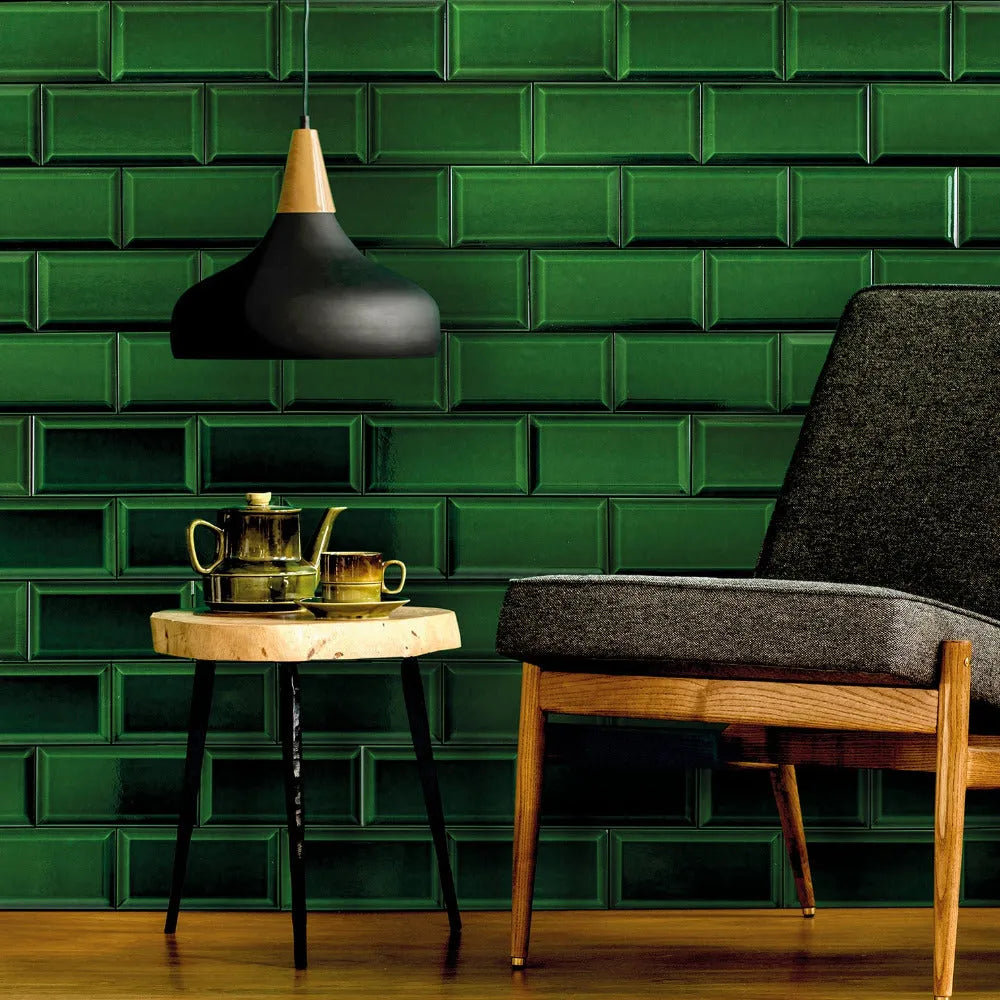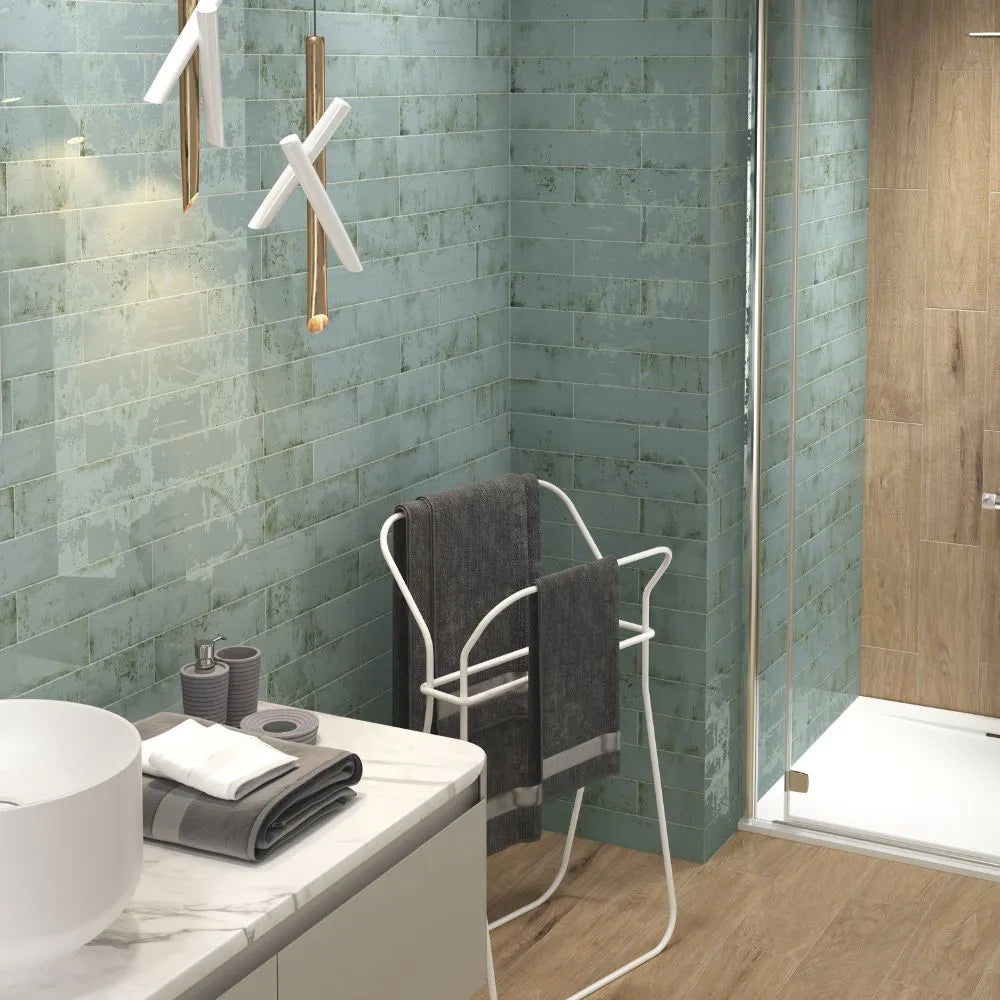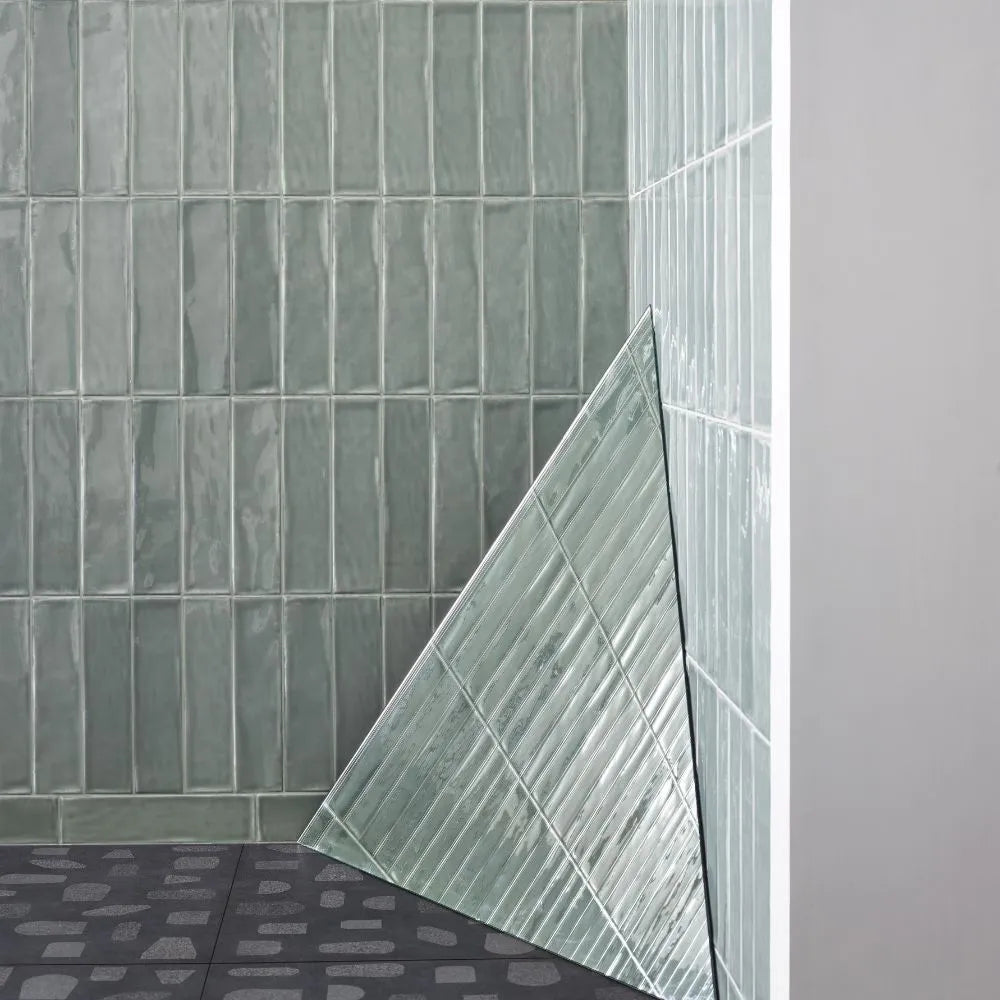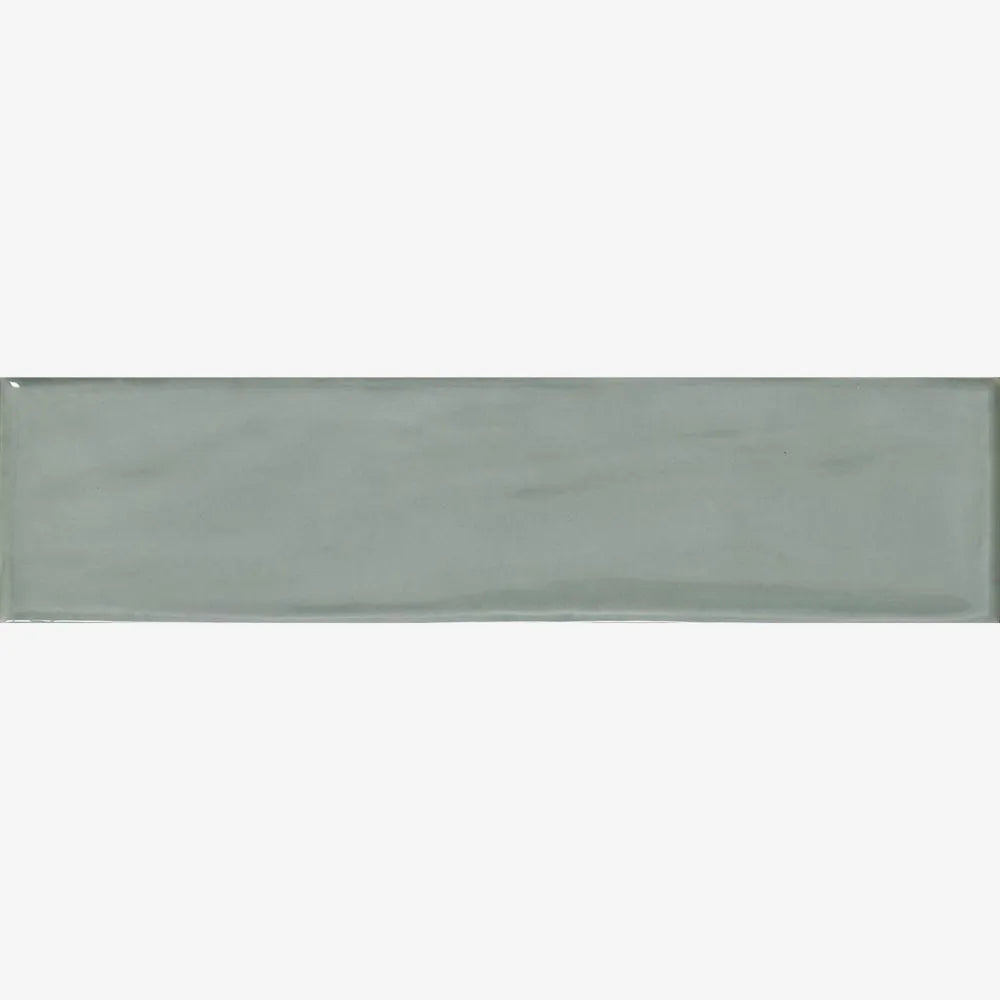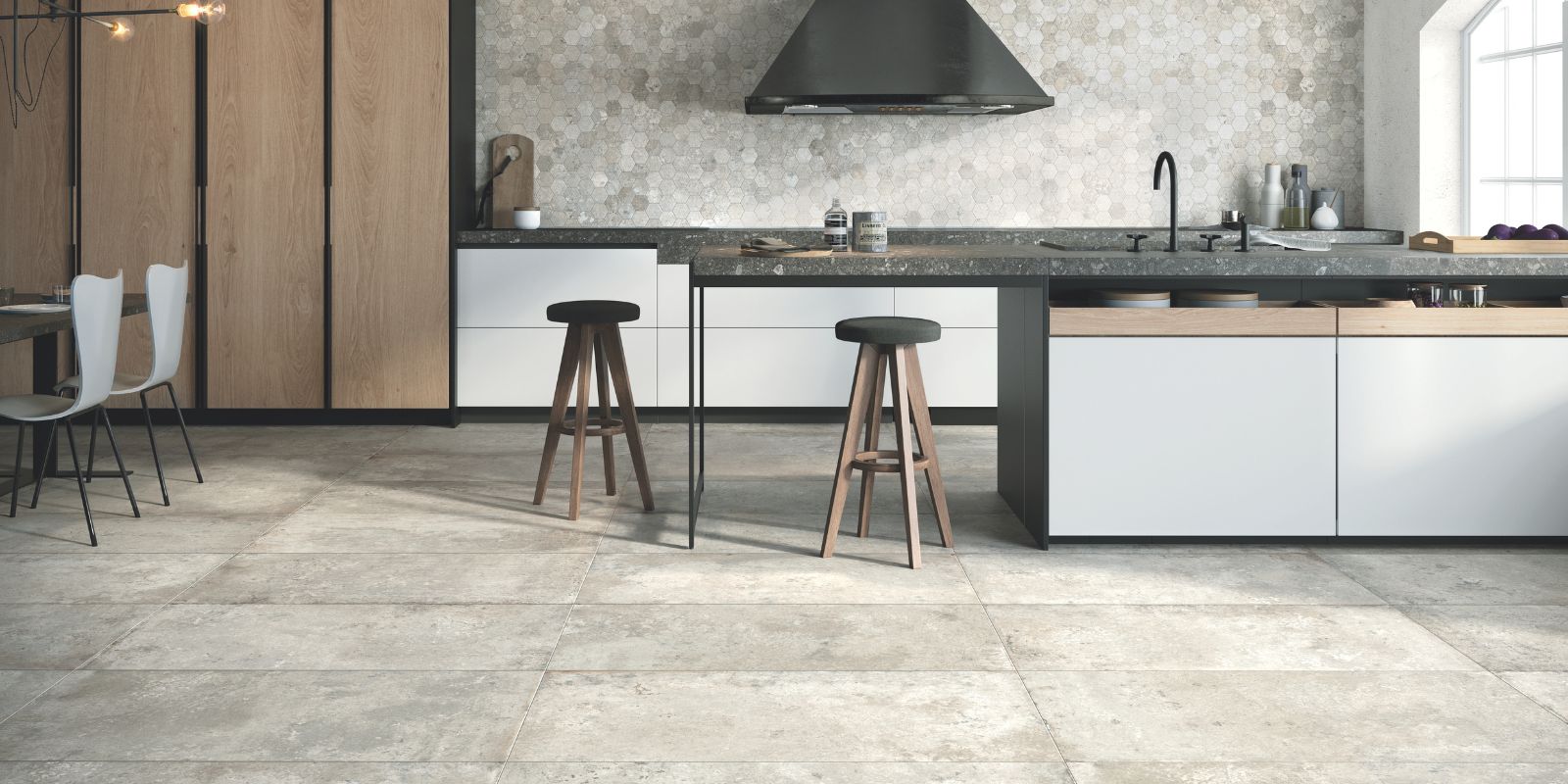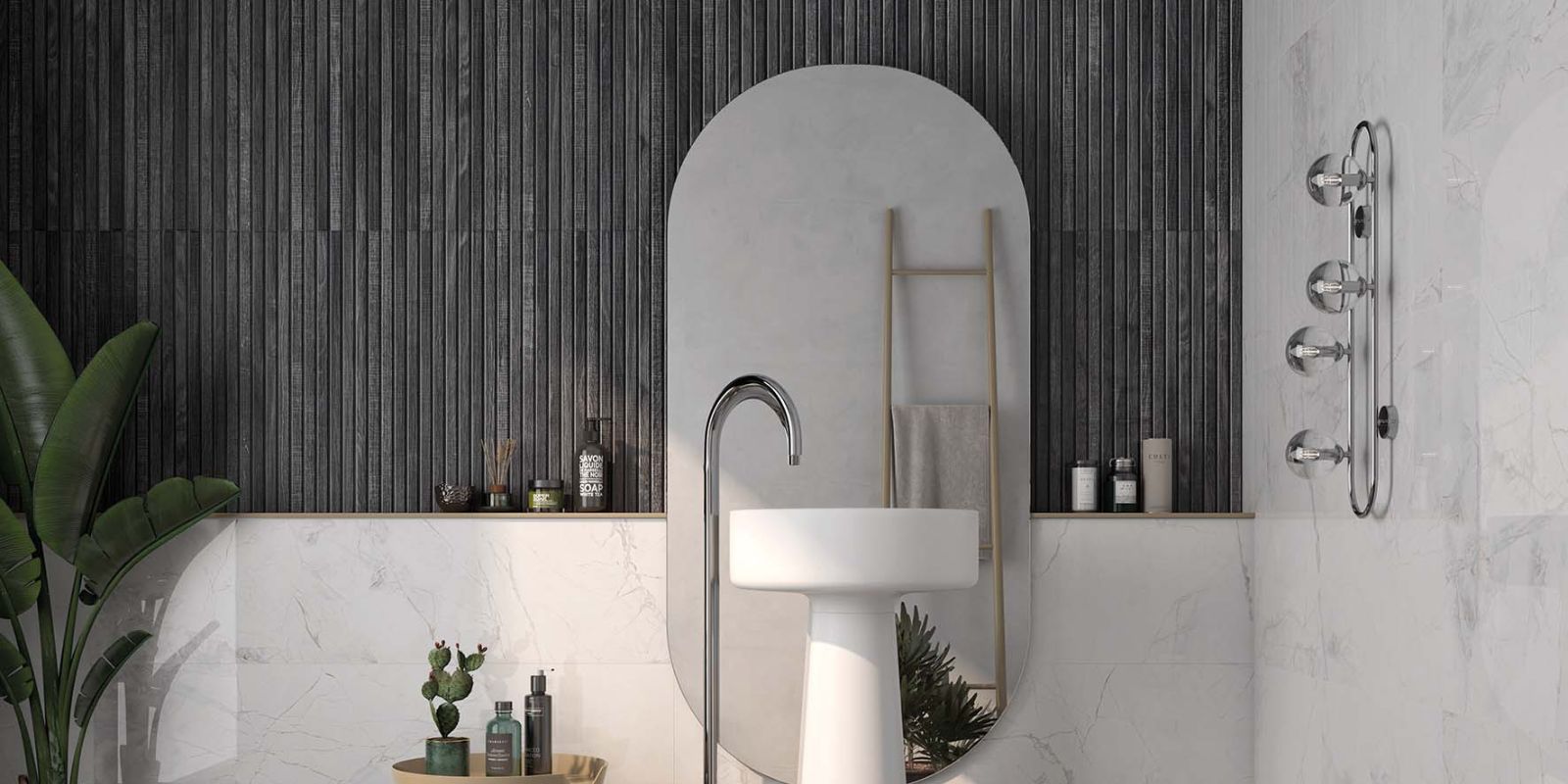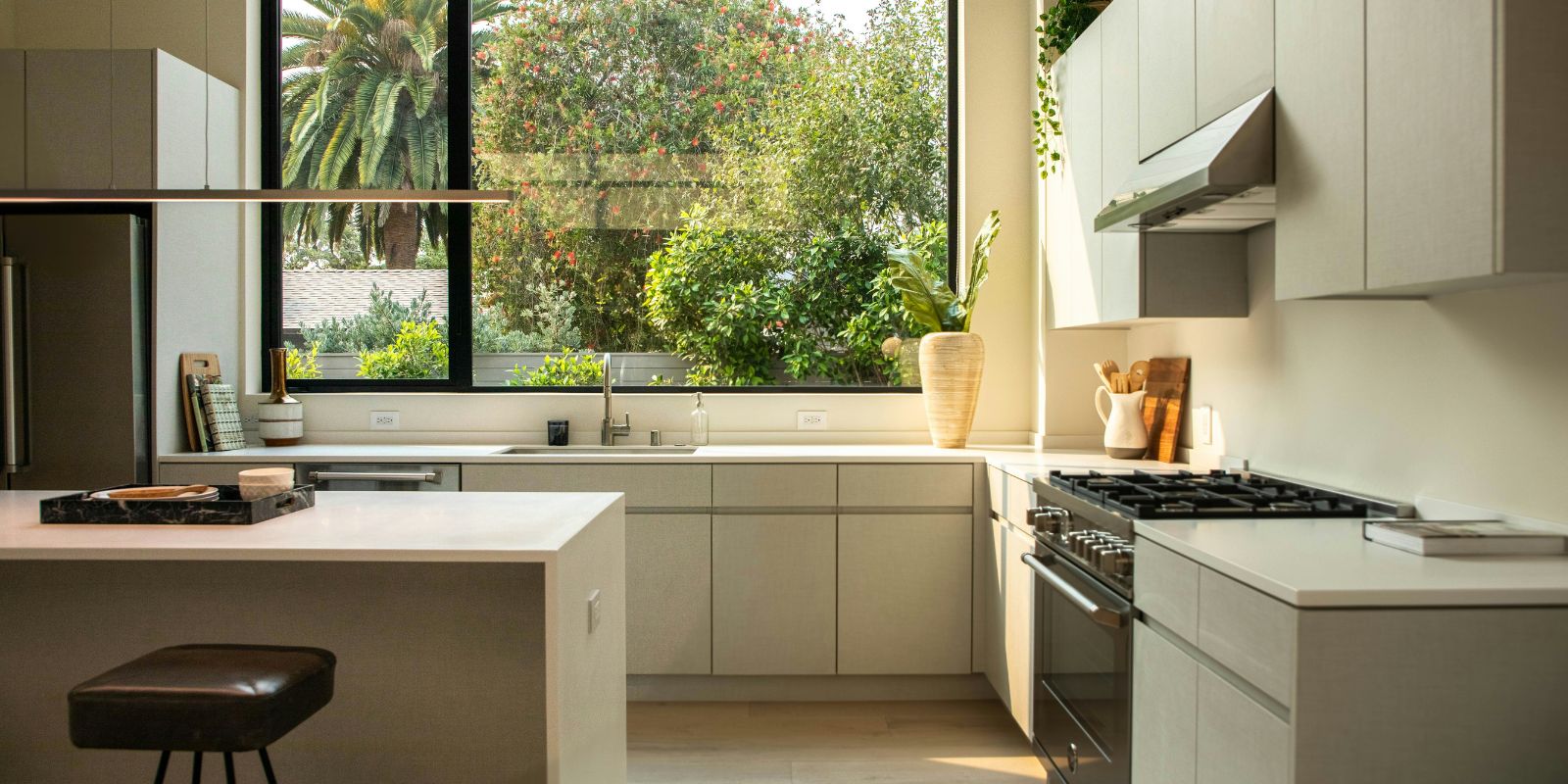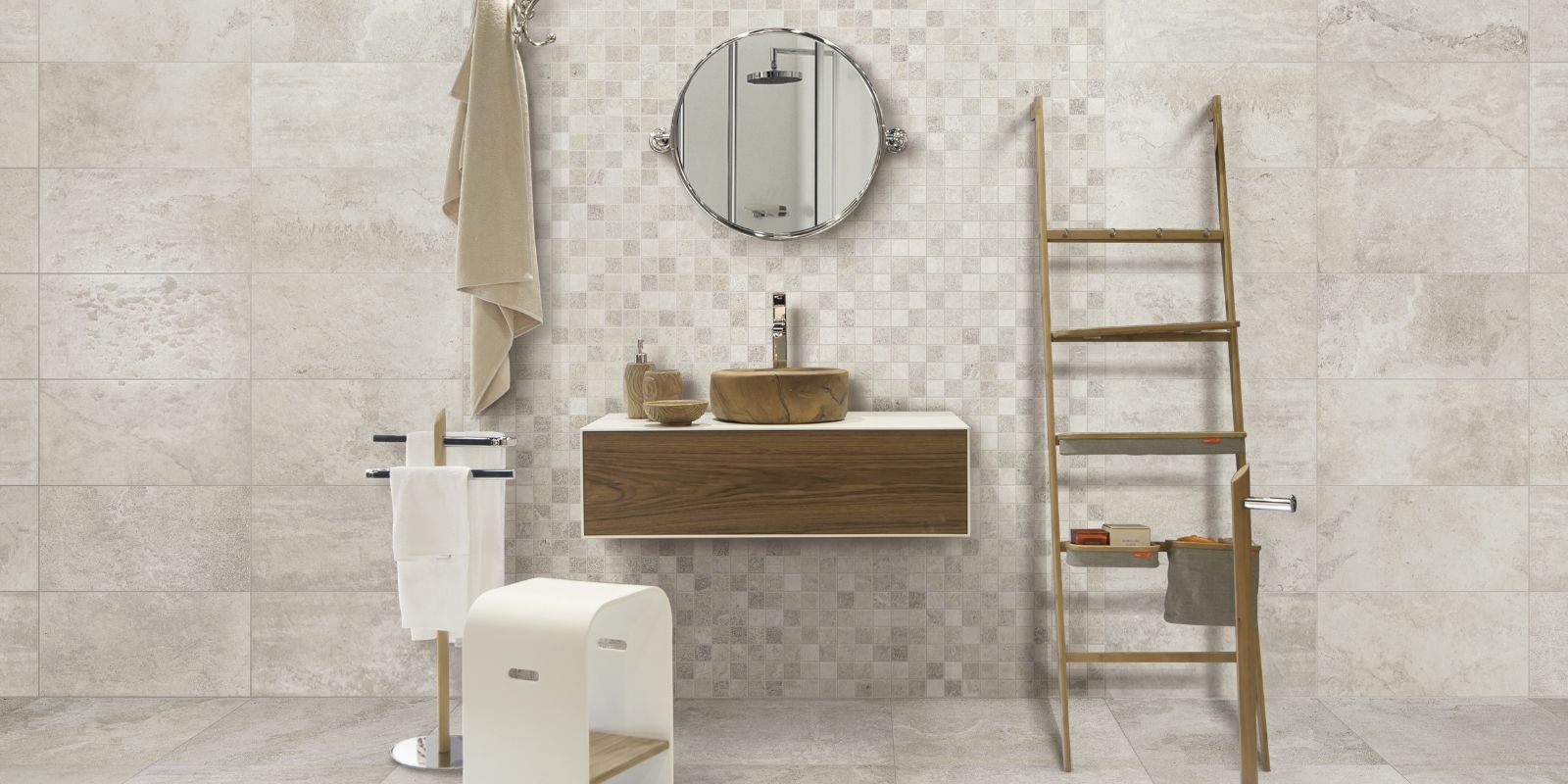
How to Use Small Tiles for Bathroom: A Complete Guide
When you’re working with a small bathroom, every design decision matters more than you might think. The right tile choice can transform a cramped space into an airy, stylish retreat that feels significantly larger than its actual square footage. Small tiles for bathroom applications offer a perfect solution for homeowners looking to maximize both function and visual appeal in compact spaces.
In this comprehensive guide, you’ll discover how to choose the perfect samll tiles for your bathroom renovation, explore popular styles and installation patterns, and learn practical tips for maintenance and budgeting. Whether you’re planning a complete bathroom overhaul or simply want to add character to your existing space, this guide will help you make informed decisions that deliver stunning results.

Key Takeaways
- Small bathroom tiles create visual interest and make compact spaces appear larger
- Mosaic, subway, and penny tiles are the most popular small tile options for bathrooms
- Light colours and gloss finishes reflect light to brighten small bathrooms
- Porcelain and ceramic small tiles offer durability and water resistance
- Creative layout patterns like herringbone and offset brick add character
- Small tiles work well for shower wall tiles, backsplashes, and accent features
- Because there are more grout lines, small tiles are less slippy
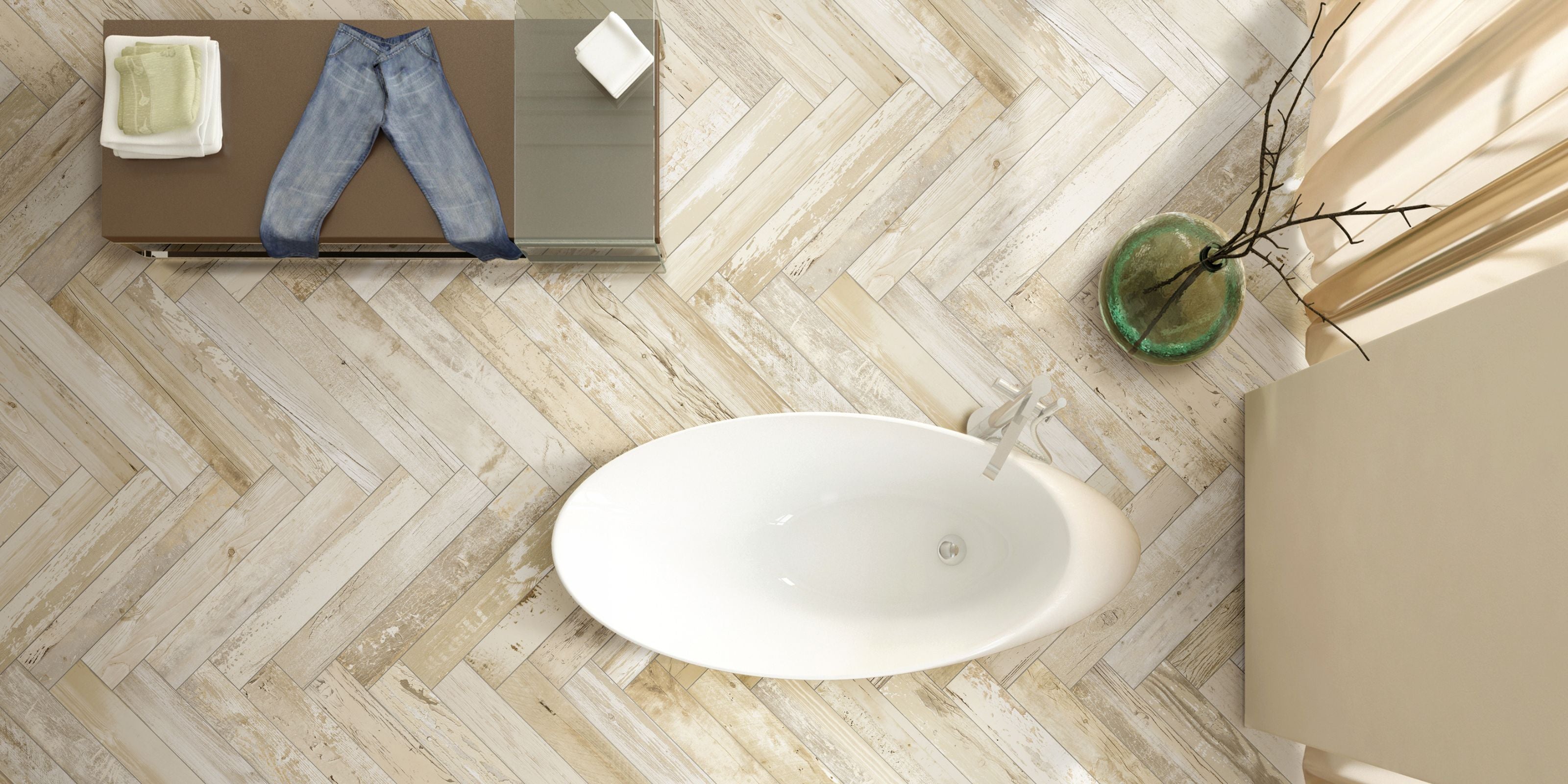
Benefits of Small Tiles in Bathroom Design
Small tiles bring remarkable advantages to bathroom spaces that extend far beyond their attractive appearance. These compact surface options can easily create the illusion of a larger room through increased grout lines and visual texture that draws the eye across the space rather than stopping at obvious boundaries.
The flexibility that small tiles offer makes them perfect for bathrooms with curved surfaces, awkward angles, or unique architectural features. Unlike larger tiles that require cutting and fitting, small format options naturally follow the contours of your space, making installation smoother around fixtures, edges, and corners.
Safety becomes a crucial consideration in wet bathroom environments, and small tiles excel in this area. The increased number of grout lines provides better grip and traction on the floor, significantly reducing slip hazards in shower areas and around bathtubs. This functional benefit makes them an ideal choice for families with children or elderly family members.
When it comes to repairs and maintenance, individual small tiles can be replaced without disrupting large sections of your bathroom wall or floor. This practical advantage means that minor damage from dropped items or wear over time can be addressed quickly and cost-effectively.
The design flexibility of small tiles suits both modern minimalist aesthetics and traditional bathroom styles. Whether you prefer clean, contemporary lines or classic vintage charm, small tiles provide the perfect foundation to create your desired look while maintaining the functionality your bathroom demands.

Popular Small Tile Types for Bathrooms
Mosaic Tiles
Mosaic tiles represent one of the most versatile categories of small bathroom tiles. Glass mosaics in these sizes create a contemporary look that reflects light beautifully, making them perfect for adding sparkle and brightness to compact bathrooms.
Natural stone mosaics, particularly marble and travertine varieties, bring luxury and sophistication to any bathroom space. These materials add depth and texture while maintaining the practical benefits of small format installation. For budget-conscious renovations, ceramic mosaics offer the same visual impact with enhanced durability at a fraction of the cost.
Hexagon mosaics have gained popularity for their ability to create striking honeycomb patterns that add geometric interest without overwhelming small spaces. Penny round mosaics deliver vintage charm that works particularly well in traditional or transitional bathroom designs, creating a classic aesthetic that never goes out of style.
Subway and Metro Tiles
Classic subway tiles offer timeless appeal that transcends design trends. These rectangular wall tiles work beautifully in both modern and traditional settings, providing a clean backdrop that complements any colour scheme or fixture style.
Mini subway tiles prove perfect for tighter spaces where standard subway tiles might feel overwhelming. These smaller versions maintain the classic subway aesthetic while providing better proportion for compact bathrooms and powder rooms.
Beveled edge subway tiles add dimensional interest through subtle shadows and light play, creating depth that enhances the perceived size of your bathroom. Coloured subway tiles extend beyond traditional white, offering opportunities to introduce personality while maintaining the classic subway tile appeal.
Small Format Ceramic and Porcelain
Ceramic squares create simple geometric patterns that work exceptionally well for homeowners seeking clean, modern aesthetics. These tiles offer excellent water resistance and easy maintenance, making them suitable for high-moisture bathroom environments.
Porcelain planks in small formats can mimic wood textures while providing the durability and water resistance essential for bathroom applications. These tiles bring warmth and character to bathroom spaces without the maintenance concerns associated with natural wood materials.
Textured small tiles add tactile appeal that enhances both safety and visual interest. These surfaces provide additional grip underfoot while creating sophisticated design elements that elevate the overall bathroom aesthetic.
Colour Schemes and Design Ideas
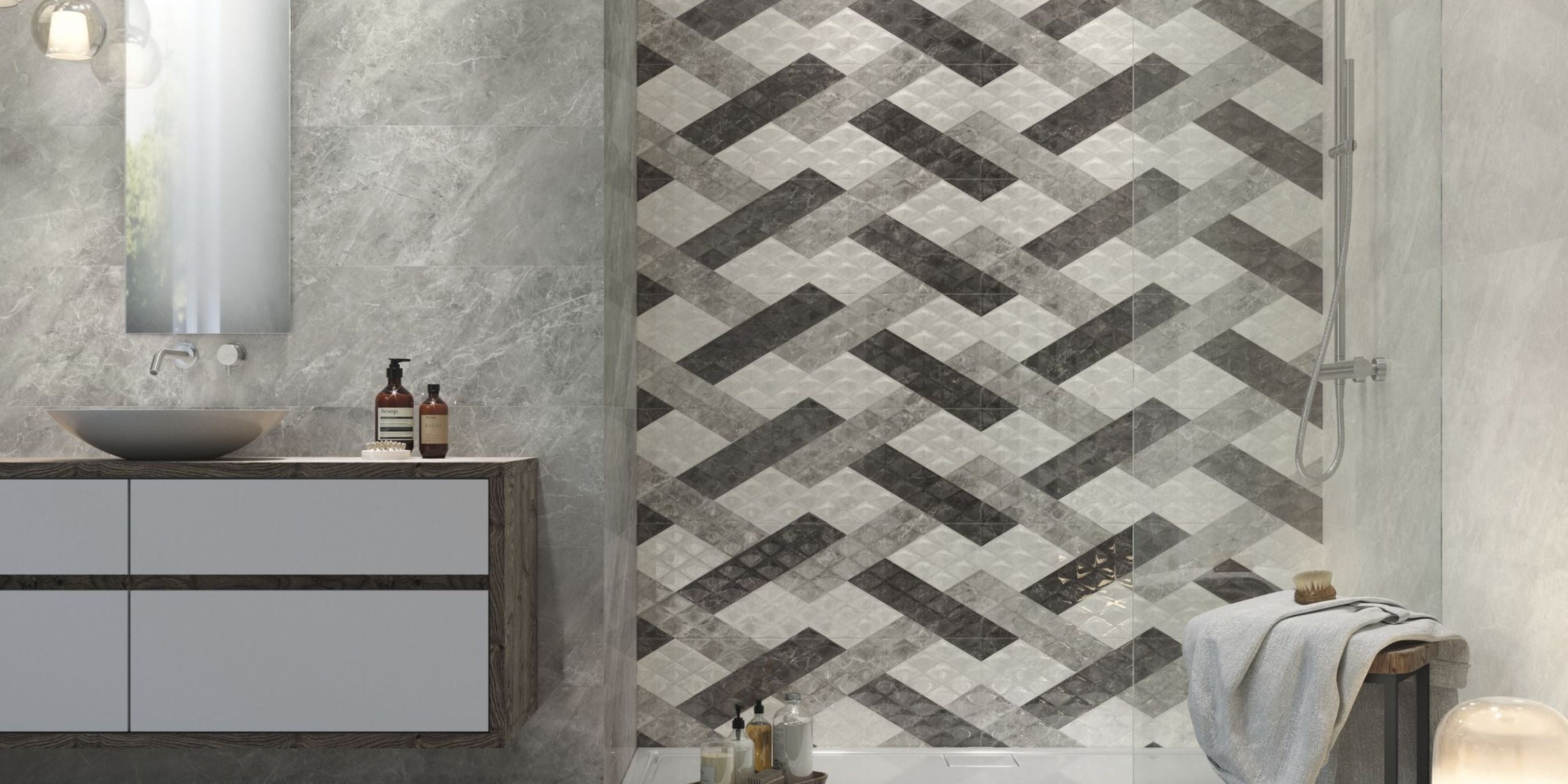
Light colours form the foundation of successful small bathroom design, with white and light gray small tiles creating a clean, spacious feeling that maximizes natural and artificial light reflection. These neutral tones provide a timeless backdrop that works with any fixture finish or accent colour you choose to add.
Checkerboard patterns using contrasting colours create visual movement without overwhelming compact spaces. This classic approach works particularly well with black and white combinations, though modern interpretations might use beige and cream or soft gray and white for a more subtle effect.
Monochromatic schemes in blues and greens can transform your bathroom into a spa-like atmosphere that promotes relaxation and tranquility. These colour families work beautifully with small tiles because the multiple grout lines create subtle tonal variations that add depth and interest.
Neutral earth tones, including warm beige shades and soft browns, create a cozy environment that feels welcoming and comfortable. These colours work particularly well in bathrooms with limited natural light, as they add warmth without making the space feel darker.
Accent walls using bold coloured small tiles serve as focal points that add personality without overwhelming the entire room. Consider using vibrant tiles in shower niches or behind vanities to create visual interest while keeping the majority of surfaces neutral.
Gradient effects that transition from light to dark tones can create dramatic visual impact while maintaining the spacious feel essential in small bathrooms. This technique works particularly well with glass mosaics that reflect light beautifully across the colour transition.
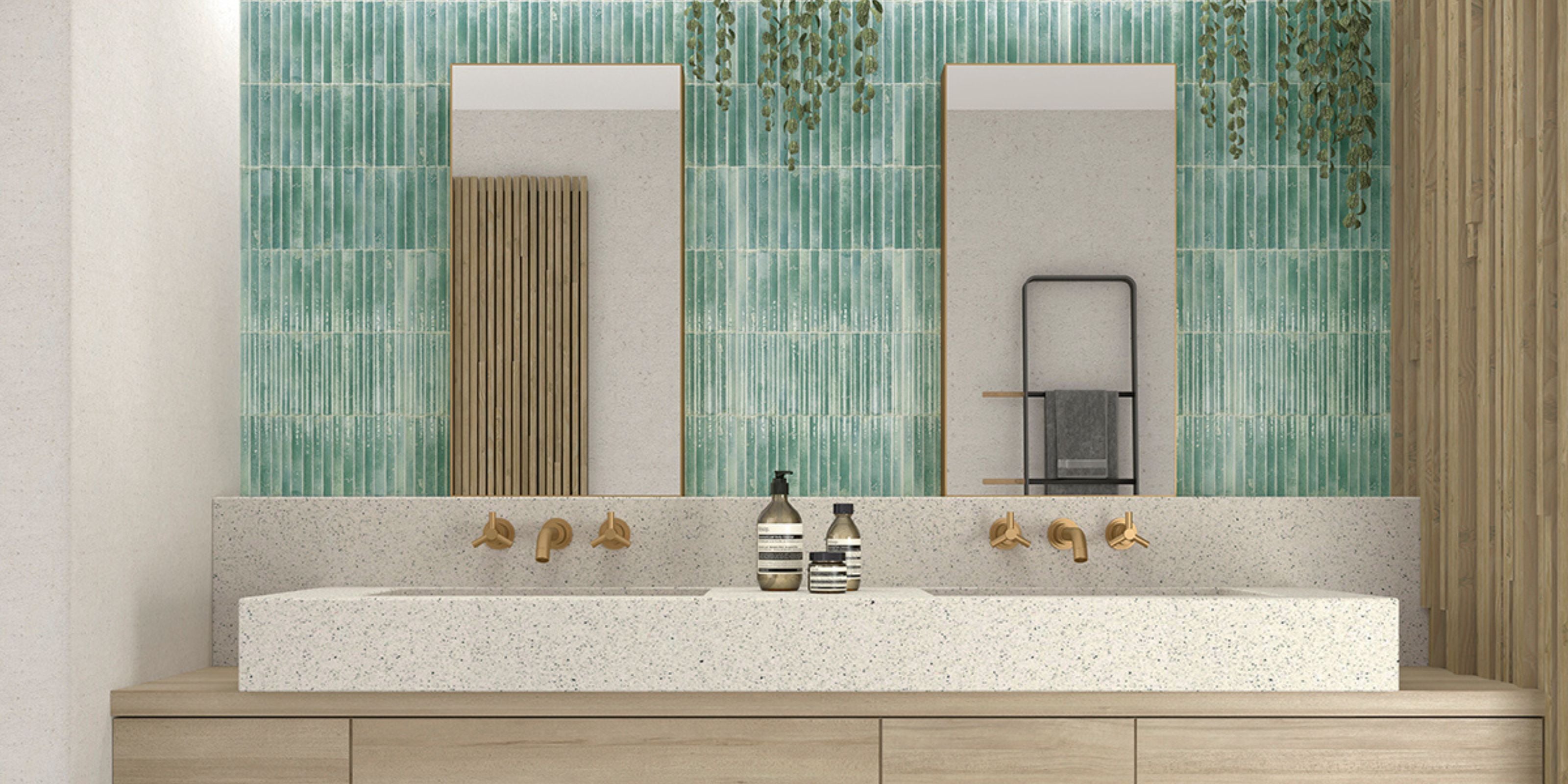
Layout Patterns and Installation Tips
Straight stack patterns create modern, grid-like appearances that emphasize clean lines and contemporary aesthetics. This layout works particularly well with square tiles and creates a sense of order that can make small bathrooms feel more organized and spacious.
Offset brick bond creates the classic subway tile look that remains popular across design styles. This pattern adds visual movement while maintaining a timeless appeal that works well with both traditional and modern bathroom designs.
Herringbone patterns add sophisticated movement and visual interest that can make narrow bathrooms appear wider. This classic layout creates a sense of luxury while maintaining the practical benefits of small tile installation.
Diagonal installation can make rooms appear wider by drawing the eye across the space rather than along obvious boundaries. This technique works particularly well on floor tiles where the diagonal lines create dynamic visual flow.
Random pattern layouts work beautifully with natural stone mosaics, creating organic, flowing designs that feel more relaxed and natural. This approach allows for colour variation and texture differences that add character and depth.
Border and trim details using contrasting small tiles can define different areas within your bathroom while adding sophisticated finishing touches. Consider using darker tiles as borders around lighter field tiles to create definition and visual interest.
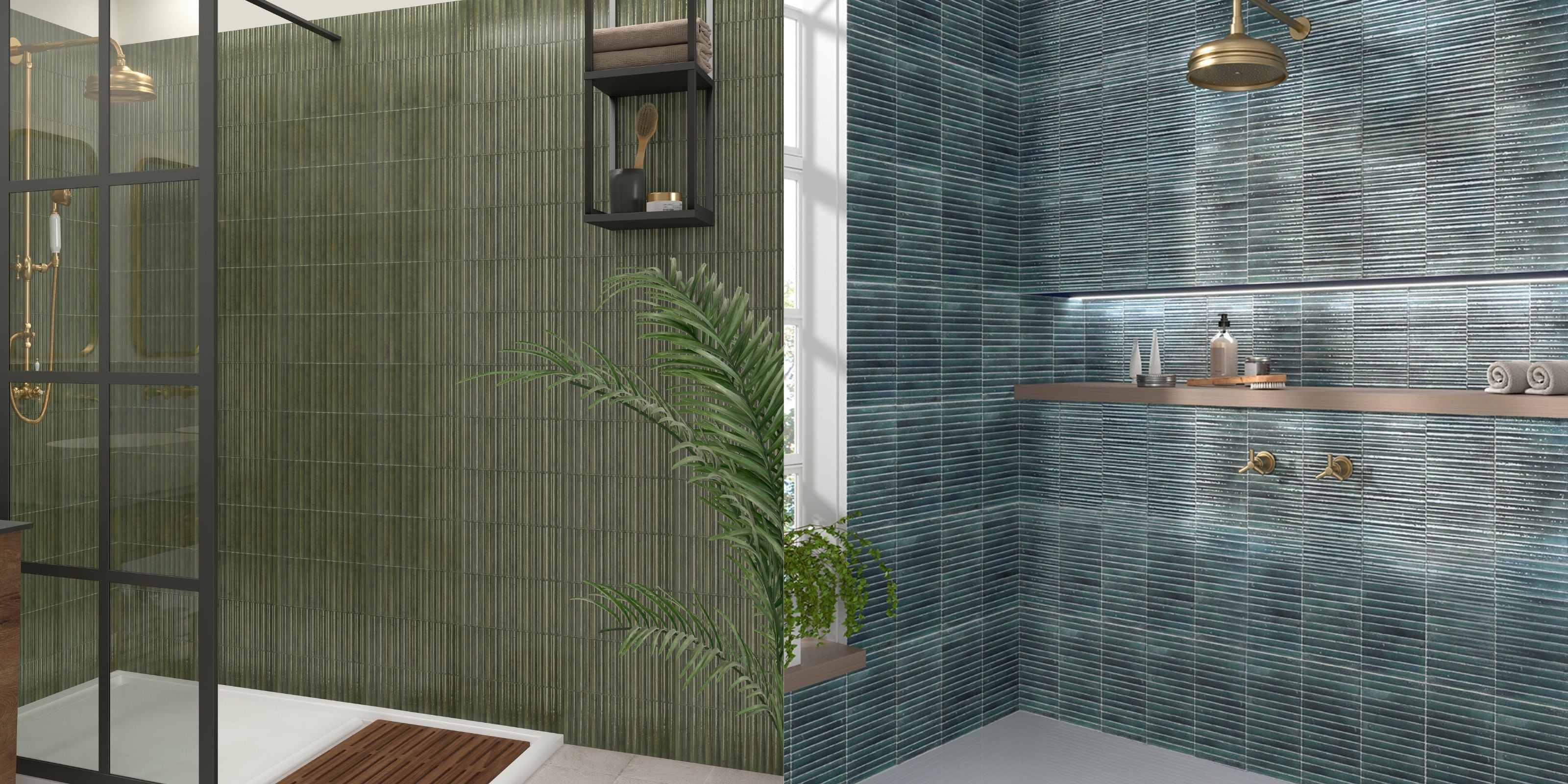
Best Applications for Small Bathroom Tiles
Shower Areas
Shower walls benefit tremendously from small tile installation, as the increased grout lines provide essential slip resistance while creating beautiful visual texture. The flexibility of small tiles makes them perfect for shower niches, corners, and areas around fixtures where larger tiles would require extensive cutting.
Shower floors particularly benefit from small tiles because the numerous grout lines create natural drainage channels and improved traction. Penny tiles and small mosaics work exceptionally well in these wet areas, providing both safety and style.
Backsplashes and Accent Features
Bathroom backsplashes behind vanities offer perfect opportunities to showcase decorative small tiles that add personality and style. These areas receive less direct water exposure, allowing for more experimental colour and pattern choices that might not be suitable for shower areas.
Accent walls created with small tiles can transform ordinary bathrooms into design showcases. Consider using contrasting colours or textures to create focal points that draw attention and add visual interest to your space.
Flooring Applications
Small tiles work exceptionally well for bathroom floor applications, providing the slip resistance essential for safety in wet environments. The increased number of grout lines creates natural texture that improves traction while adding visual interest to floor surfaces.
Wainscoting applications using small tiles can add character and protection to lower wall areas while creating visual height in compact bathrooms. This classic treatment works particularly well with subway tiles or simple square formats.
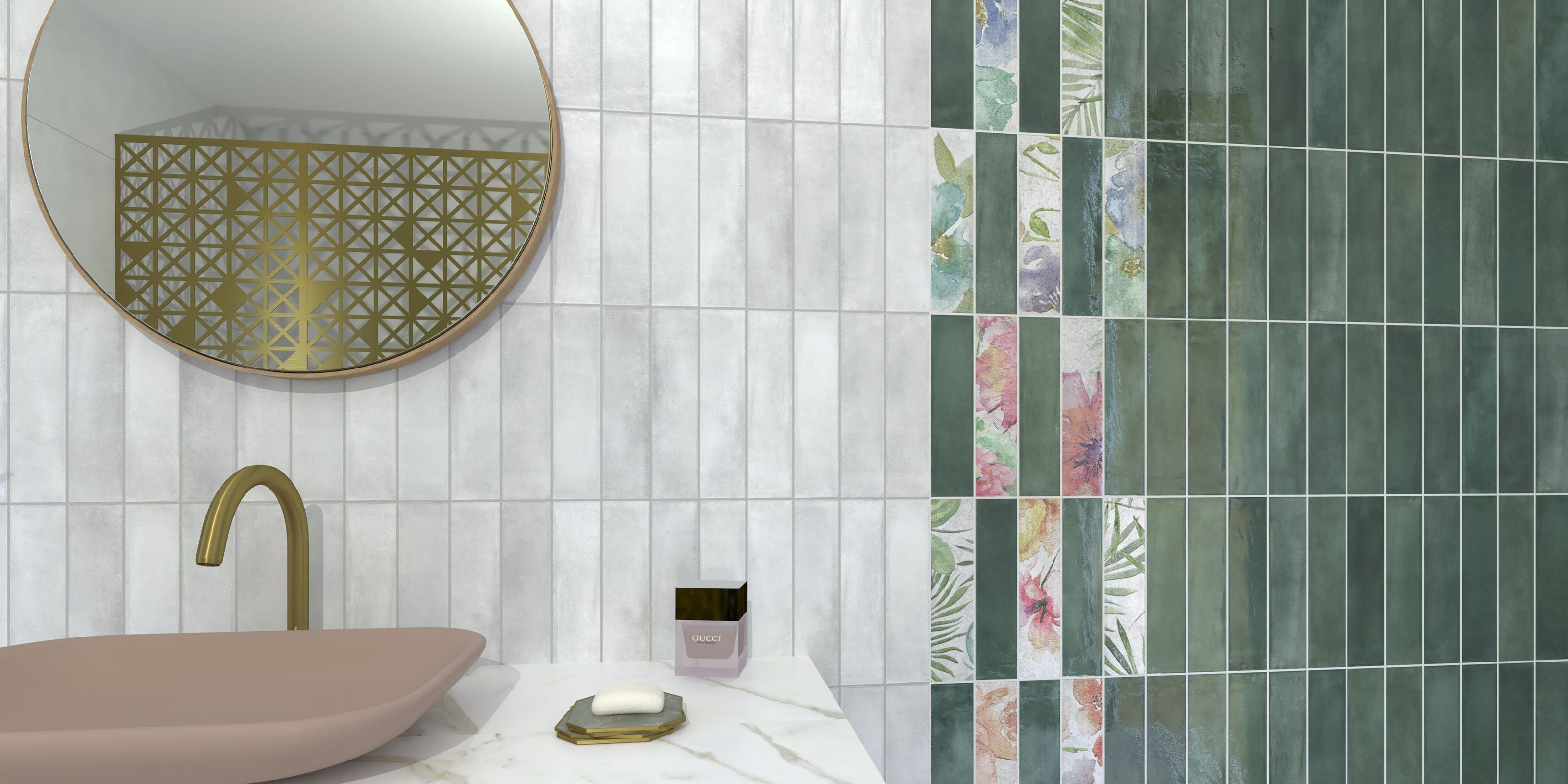
Maintenance and Care Guidelines
Regular cleaning with pH-neutral cleaners protects both tile surfaces and grout lines from damage while maintaining their appearance over time. Avoid harsh chemicals that can break down grout sealers or damage tile finishes, particularly on natural stone surfaces.
Natural stone mosaics require sealing every 12-18 months to maintain their water resistance and prevent staining. This maintenance step ensures your investment stays beautiful and functional for years to come.
Grout sealers prevent staining and mildew growth, making regular cleaning easier and more effective. Apply quality sealers according to manufacturer instructions to maximize their protective benefits.
Proper ventilation reduces moisture buildup that can lead to mold and mildew problems. Install adequate exhaust fans and encourage air circulation to keep your bathroom environment healthy and your tiles looking their best.
Professional deep cleaning annually for heavily used bathrooms can address buildup that regular cleaning might miss. This investment helps maintain the appearance and longevity of your small tile installation.
Cost Considerations and Budget Planning
Understanding the financial investment required for small bathroom tiles helps you make informed decisions that balance quality, aesthetics, and budget constraints. Material costs vary significantly based on tile type and quality.
Additional expenses for trim pieces, labour costs and specialty cuts can increase your total project cost, especially for complex designs that require extensive customization. Budget for these extras when planning your renovation to avoid surprises during installation.
The increased grout usage required for small tile installations adds to material costs, though this represents a relatively small portion of your total budget. Factor in premium grout sealers and maintenance products to protect your investment over time.
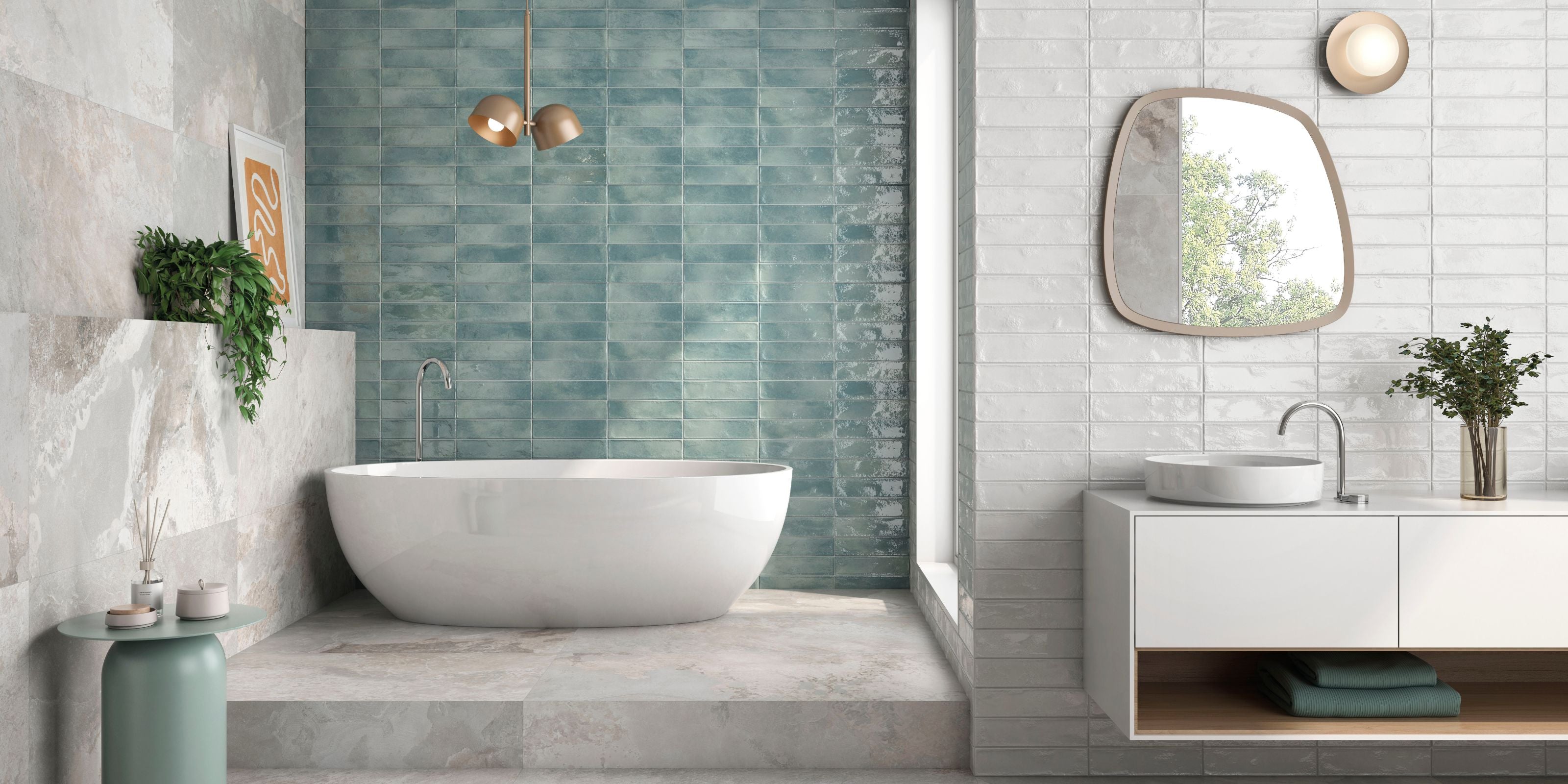
FAQ
What size tiles make a small bathroom look bigger?
Light-coloured tiles under 4 inches, ideally around 2x2 inches or small mosaics, create the most spacious illusion in compact bathrooms. The key lies in choosing colours that reflect light while maintaining clean grout lines that don’t create visual interruption.
Are small tiles harder to clean than large tiles?
Small tiles do require more attention to grout lines during cleaning, but modern grout sealers make maintenance manageable with regular care. The trade-off between slightly increased maintenance and improved safety makes small tiles worth considering for most bathroom applications.
Can these tiles also be used in my kitchen?
Yes, these small bathroom tiles also serve as excellent kitchen tiles, making them ideal for kitchen splashbacks and helping to maintain a cohesive design flow throughout your home.
Can small tiles be used on bathroom floors?
Absolutely. Small tiles work exceptionally well on bathroom floors, particularly mosaics with slip-resistant surfaces. The numerous grout joints provide better traction than many polished large format tiles, making them an excellent choice for wet areas where safety is paramount.
What’s the best grout colour for small bathroom tiles?
Light gray or a colour matching your tile choice minimizes visual interruption and maintains a clean, cohesive appearance. Dark grout can create dramatic contrast for design impact, but light grout typically works better for making small spaces feel larger.
How do I choose between ceramic and porcelain small tiles?
Porcelain offers superior water resistance and durability for high-moisture areas like showers, while ceramic provides cost savings for areas with less direct water exposure. Consider your specific application and budget when making this decision.
Can I mix different small tile sizes in one bathroom?
Yes, mixing different sizes can create dynamic, interesting designs when done thoughtfully. Maintain a consistent colour palette and complementary patterns to ensure cohesion throughout your space.


